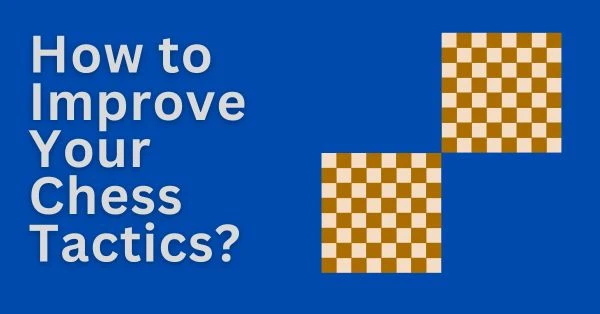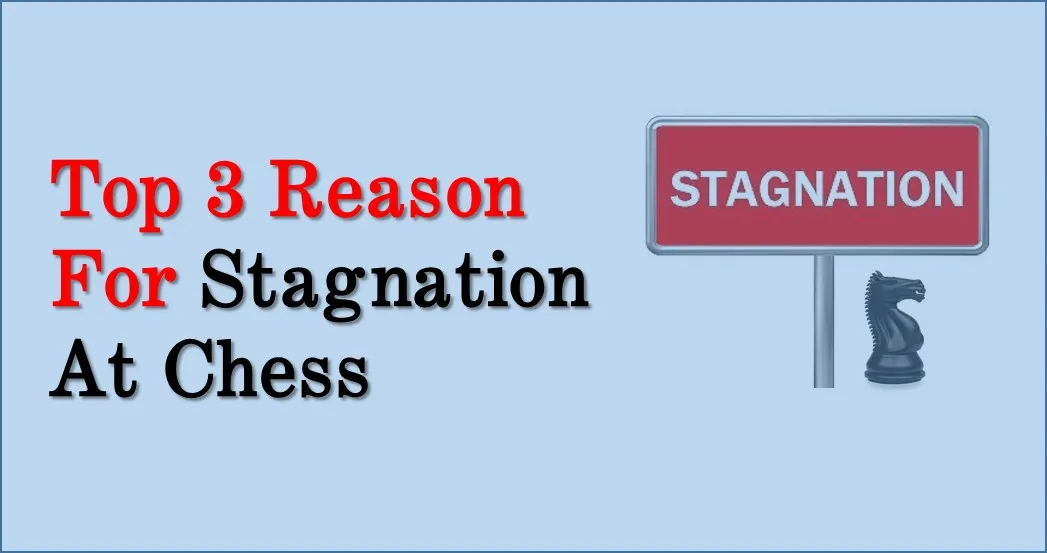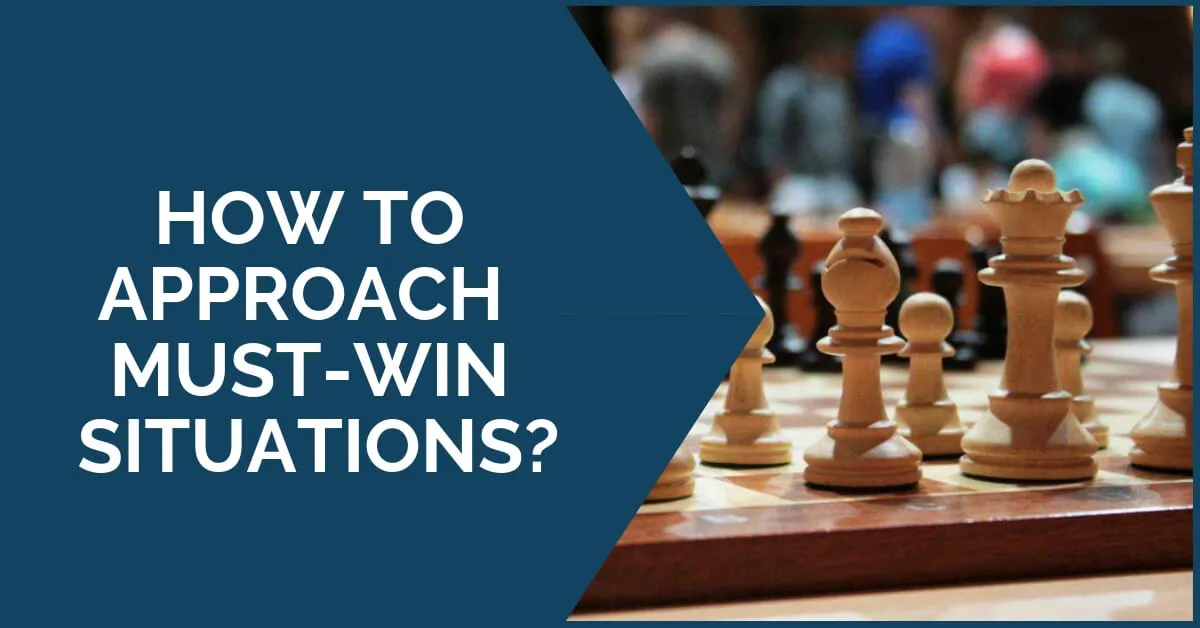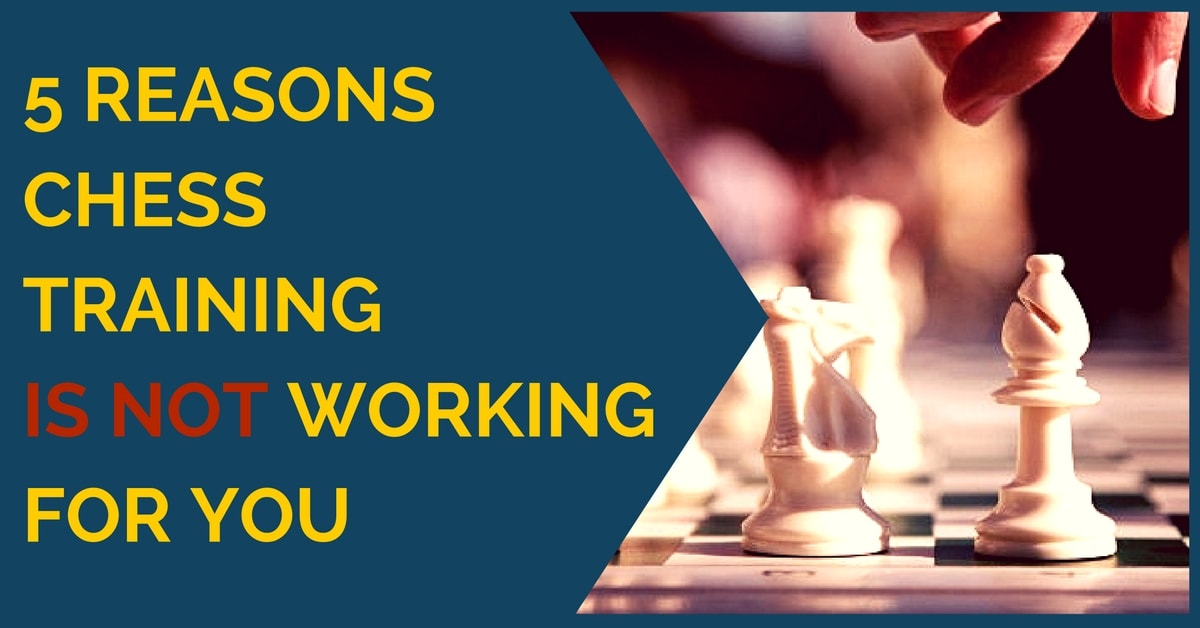How to Improve Your Chess Tactics?

From my personal experience as a coach, many games are lost or won because of ches tactics. Even in the most common and simple endgames, you can find tactical ideas. For this reason, tactical training should be an important part of your training schedule. No matter how bad the position is in a game, a resourceful, tactical player can find tricky ideas and swindle the game.
A game of chess will go through many phases and, to win it, you will have to show your skills in more than one moment. All phases of the game are equally important. You can’t get a good middlegame position if you don’t know your openings. Even worse, you might not even make it to the middlegame if your openings are faulty. A good opening knowledge can go to waste pretty fast if you don’t know what to do in the middlegame. Just as well, a hard, long-fought game can easily be lost if you don’t know how to play the endgame. These are totally different parts of the game and each has its own characteristics and principles. However, something that will appear constantly throughout the game is tactical opportunities.
When it comes to improving your tactical vision, it is all about practice. Solving a lot of puzzles will sharpen your tactical skills. However, a little structure and variety to your training is always good. So, here are a few tips you can use to improve your chess tactics:
1. Tactical patterns.
Study the most important tactical patterns. Chess is based a lot on pattern recognition and tactics is the best example of that. If you want to get better at tactics, you have to know the common tactical patterns and practice them a lot. To develop the skill of recognizing a pattern, you have to solve a lot of simple puzzles. At some point, you will start noticing them easily in your own games.
Go over famous tactics and games – you will learn how to use these patterns in new ways, making your path to improvement faster. It’s much easier to try to apply patterns that you have already seen before in your games than having to find them from scratch.
2. Chess tactics vocabulary.
When you start studying tactical patterns, you will inevitably also pick up the tactics vocabulary. You will learn what a pin or an overloaded piece is. Not only that, but you will also learn how to recognize these tactical ideas in your games and how you can use them in your favor.
3. Solve the right type of puzzles.
Tactics require a number of skills and you should work on developing all of them. If you want to train pattern recognition, simple, one or two-move puzzles are a good choice. They are also good to get your brain working and get back in shape.
Calculation is key for most tactics, although this is a skill you will use outside of tactics as well. Here, you can use more complex puzzles, where you need to go over longer lines and make sure you have a complete line before you play out the solution. Remember, looking for options (for both sides!) is important. You should also make sure your line is 100% correct before you check it against the solution. You can similarly train your imagination or visualization.
4. Practice tactics consistently.
I’ve mentioned this throughout this article constantly – solving a lot of puzzles is key to improving your tactical skills. You have to keep your brain sharp and used to calculating full lines. A long break in tactical training will usually show in your games. To begin with, the amount of blunders can increase, but this is not the only downside to not solving tactics. Even if you will spot tactical ideas in your game, this might take a longer time than usual and you might end up in time trouble by the end of the game.
5. Calculation habits.
Create good calculation habits and build your tactics muscles. You’ve probably read before that there are a few ideas you can use to spot tactics faster. For example, unprotected pieces can be targets. An open or unprotected king can also become a tactical target. Another tip you might’ve seen before is to begin your calculation with the most forcing moves (checks, captures and threats). If you start applying these in your games only, it will take a long time to come up with a move and you will end up in time trouble. This is why you should train your brain to think this way and spot different targets during training sessions. It won’t be easy in the beginning and you might spend a long time on one puzzle only, but it will become a habit in time.
6. Visualization skills.
Don’t forget to train your visualization skills! Many mistakes happen because players “forget” the position in their heads when calculating. You have to be able to have an accurate position in your head when you calculate. There are a few ways in which you can train this. First of all, try solving puzzles without moving the pieces at all! Move them on the board only after you have a full line (3-4 moves), which ends with an evaluation. Another way to train visualization is by playing games in your head. You can try this with a full game (start with a short game in the beginning). Play it out on the board and see how far you were able to keep an accurate position in your head.
Chess tactics training mistakes
We’ve talked about how you can train your tactics, let’s take a look now at the most common mistakes when training tactics:
- The number one mistake I see in puzzle solving is playing out moves without having a full line and waiting for the computer to say whether the move is right or wrong. This would not work in a real game. Treat training as a real game. In a real game you would try to figure out a line and only afterwards play your move. Do the same in training. It will make your life easier during games.
- Not looking for options, especially opponent’s options. One thing you have to keep in mind when calculating is that you always have options. So does your opponent. Don’t just assume that a move is forced. It might be in some situations but always look for options. To give you an example, automatic recaptures are the most common mistake I see. A recapture might be the most logical follow-up, but why not look if there’s anything better first? Try to find your opponent’s best defense as well and see if your idea still works out.
- Going too fast over your lines. Slow down in calculation. You don’t have to solve puzzles fast; you have to solve them well. Take time to look at options at every move (not just the first one!). This is what helps you improve with time.
We also recommend reviewing Visualization Chess Training as well as Chess Puzzles: 10 Reasons to Solve Them Daily.
Conclusion
What is the best way to improve chess tactics?
Solving puzzles, but the right way. No “cheating” by trying out moves and seeing if the computer agrees! Go slow, calculate your lines fully, and make sure you take into account the opponent’s best way to defend.
What does tactical training involve?
You have to train a few skills in order to improve your tactics overall. Pattern recognition, calculation, imagination, and visualization are the most important. You can find different puzzles to help you train the first three, but you can train them all easily with any puzzle you come across. If you slow down, look for candidate moves and start calculating, you will have gotten good training.
Is tactics the most important chess skill?
All skills are important and to win a game you have to combine many of them. However, tactical opportunities do tend to show up in games a lot, so you should aim to take advantage of most. Find a balance between all skills, but make sure that you train a little bit of tactics whenever you can.










Comments: